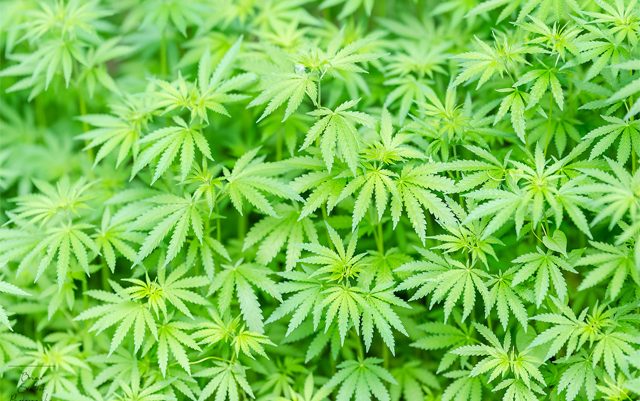The history of cannabis is a bit of a mystery that continues to unfold as we make new discoveries – and this recent discovery has the potential to open doors when it comes to understanding the role cannabis played in the lives of a group of people over 2,000 years ago. The findings were the remains of a man suspected to be about 35 years old with Caucasian features – radiocarbon dating of the remains as well as the rest of the contents of the burial have been determined to be between 2,400 and 2,800 years old.
The discovery was made in the Jiayi cemetery in Turpan and it was one of 240 graves that have been uncovered in the cemetery. Before now, only cannabis seeds and dried and powdered leaves were found in burials – but this most recent discovery included 13 full cannabis plants, preserved in nearly perfect condition. When they were found, the plants were laid diagonally across the man’s chest – with a pillow of reeds beneath his head.
While this discovery may not be able to give us specific answers pertaining to how cannabis was used, it does suggest that the community grew their own cannabis locally. Previously it was questioned whether or not the Subeixi culture had traded with nearby communities to obtain cannabis or whether or not they grew it themselves. Finding these fully intact plants does suggest that it was locally grown – since the plants were likely harvested specifically for the burial.
Evidence also suggests that these plants were used for their therapeutic and psychoactive properties – seeing as traces of woven hemp cloth have been absent from each burial so far. The flowering plants found in this recent grave were rich with trichomes and plant hairs that secrete resin with cannabinoids like THC.
This is the first time archaeologists have recovered complete cannabis plants, as well as the first incidence of their use as a “shroud” in a human burial.
Each and every discovery like this one will lead us further into understanding how cannabis was used thousands of years ago as both a medicine and as a part of different rituals. One thing is certain, this particular finding is only one of many that will open doors into the past – and understanding how cannabis was used in our history could help us to better understand its purpose in medicine today.






